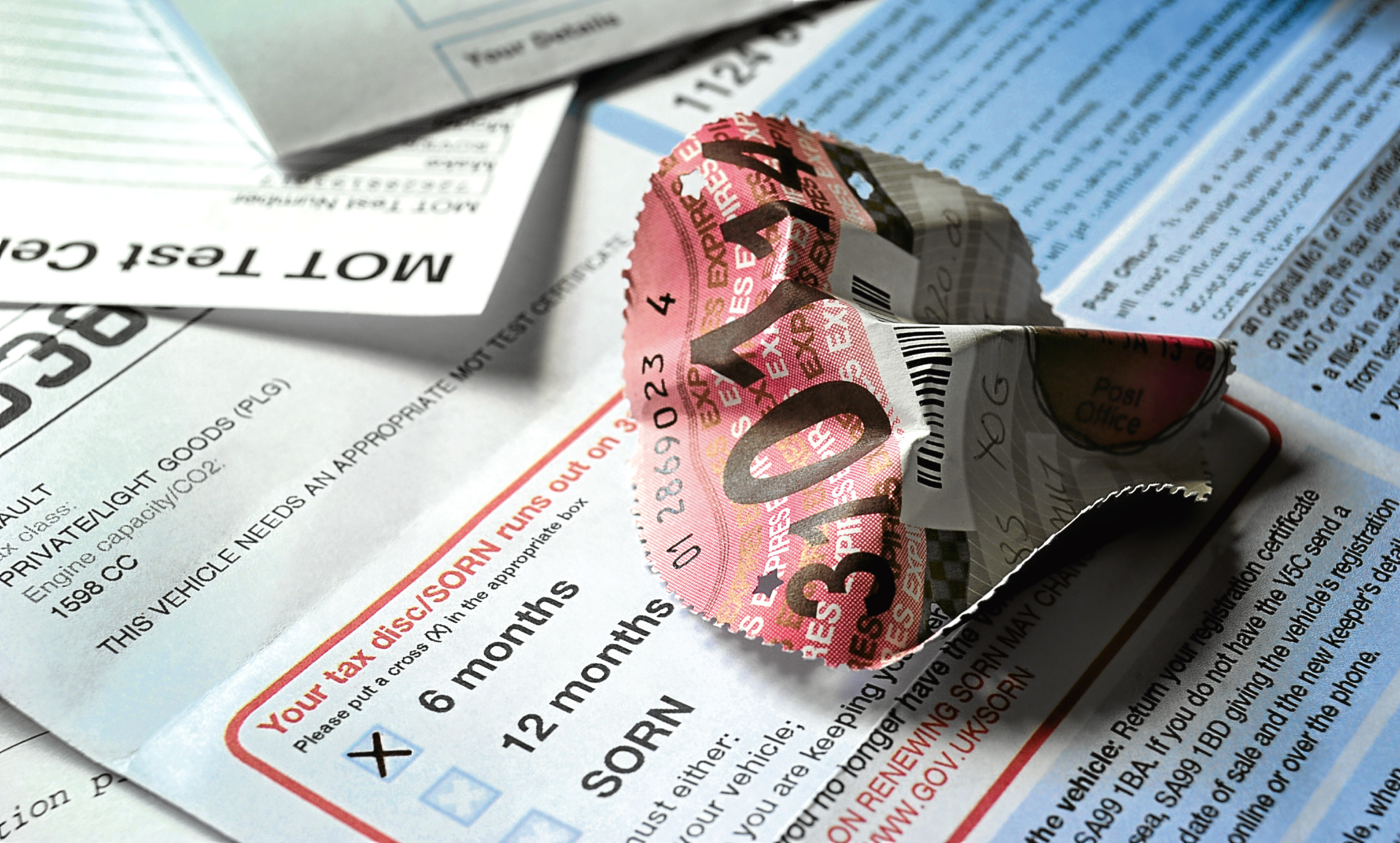One of the biggest overhauls of the UK car tax system is set to come into effect in just a few weeks.
The rules which will be introduced on April 1 mean seven out of 10 new car buyers will pay more to as a result of the revised Vehicle Excise Duty tax bands.
They were introduced by former chancellor George Osborne and the only real surprise was the Government took so long to get round to making them.
Under the previous rules, cars that emit less than 100g/km of CO2 were exempt altogether from VED (which most of us erroneously call Road Tax) and even cars up to 120g/km only paid a pittance per year.
When the old regime was introduced hardly any cars fell below the tax free threshold. Over the past decade car makers have thrown all their considerable expertise into improving efficiency and now scores of vehicles are tax-exempt – costing the Treasury millions in lost income. Under the new rules only electric and hydrogen cars will be exempt, and all other cars will pay a flat rate of £140. Cars bought prior to April 1 will remain on their current band, so a car emitting 99g/km bought before April 1 will be free of road tax for life.
Those bought after the date will cost £120 in the first year, and £140 a year thereafter. Cars emitting 131g/km will be taxed £200 instead of £130, those emitting 151g/km will be charged £500 instead of £180, those emitting 171g/km will be charged £800 instead of £295, and those emitting 191g/km will be charged £1,200 instead of £490.
The highest charge will continue to apply to those emitting over 255g/km, but that will rise from £1,100 to £2,000.
However, those buying high-polluting cars may even break-even, with tax set higher in the first year and subsequently falling every year after that.
The biggest sting is reserved for those who buy cars costing more than £40,000 who will pay a £310 a year supplement from years 2-6. So even if you buy an electric Tesla you’ll still have to pay a lot more.
jmckeown@thecourier.co.uk
